Magnesium Deficiency In Cannabis Plants
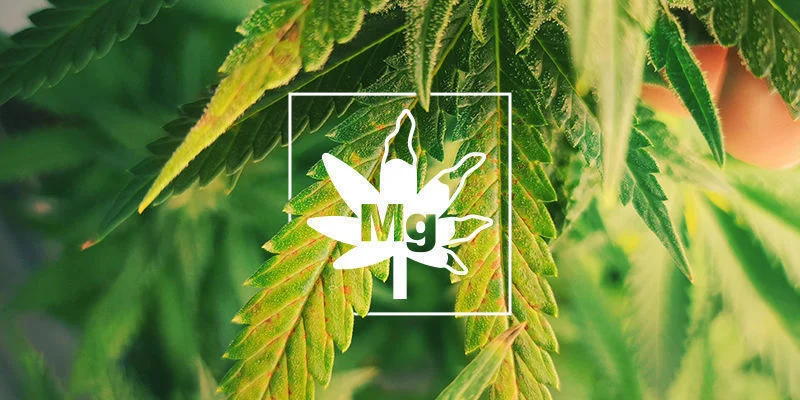
Optimising nutrition is one of most important things you can do to secure a successful cannabis harvest. But there are many reasons a plant can become nutrient deficient, and often underfeeding isn't the most likely candidate. In this article, you'll find out all about magnesium deficiency, and how to treat it.
Magnesium is an essential secondary nutrient required by cannabis in order to grow and thrive. As a mobile nutrient, it moves around the plant as necessary. Deficiencies start at the roots and move upward, leaving telltale signs of their presence.
Identifying and treating a magnesium deficiency quickly is crucial, but if you manage it, it shouldn’t pose a risk to your grow. Find out how to diagnose and cure a magnesium deficiency below.
What causes a magnesium deficiency?
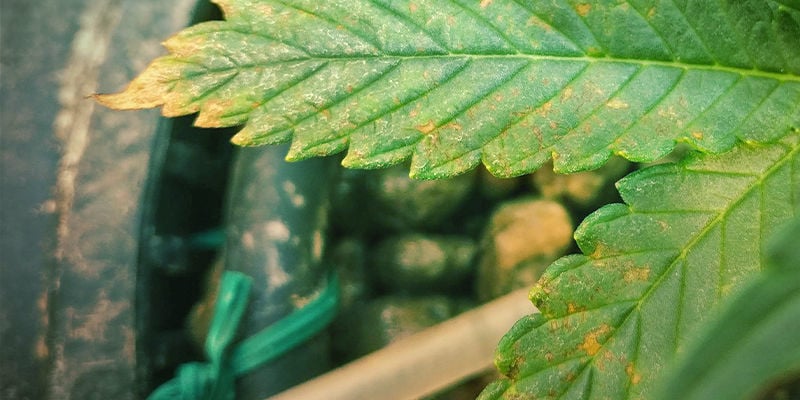
There are four main causes behind a magnesium deficiency:
-
There is not enough magnesium in the first place.
-
The magnesium is being washed away due to overwatering.
-
The pH is too low, meaning the magnesium is being locked out.
-
You administered too much fertiliser, and this has caused nutrient lockout.
Regarding the first cause, it may just be that the feed you are using doesn’t contain enough magnesium. If this is the case, the solution is simple: add more!
If you are overzealous with watering, or have flushed the substrate for some reason, then you may have washed all of the magnesium out of the soil, in which case you’ll need to add more.
A pH level that is too low (more common in hydroponic grows) can cause magnesium nutrient lockout. In this case, magnesium is present, but the roots are unable to absorb it. As such, you must adjust the pH of the growing medium or hydro reservoir.
Finally, too much feed can also cause nutrient lockout, stopping the plant's roots from absorbing nutrients. In this case, you'll need to flush the medium and start anew.
More on these solutions later.
How to recognise a magnesium deficiency
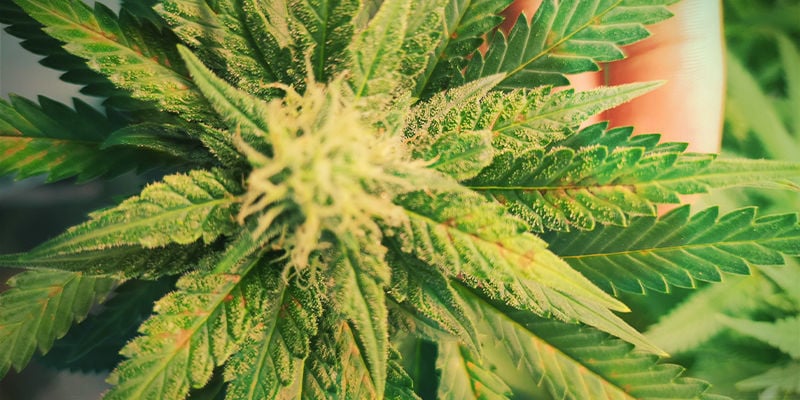
A magnesium deficiency begins at the bottom of the plant and moves upward. Affecting the oldest growth first, it will eventually come to consume the whole plant if left untreated.
At first, the lowest leaves will show signs of chlorosis—when the plant stops producing chlorophyll and leaves begin to discolour, usually turning yellow. Outer edges and veins turn first, moving inward. Eventually, the whole leaf will become dry and brown.
Then, these symptoms will move up the plant, with new shoots becoming purple-brown. Overall, the plant’s growth will slow down and stall.
How to prevent a magnesium deficiency
Preventing a magnesium deficiency is the best course of action—rather than treating it later. To achieve this, use a feed that contains the right amount of magnesium from the outset. As magnesium is an essential nutrient, many quality cannabis feeds should contain it. However, not all do, and so you should check exactly what your feed contains before making a purchase. If your feed also doesn't contain adequate calcium, you can use dolomite lime or CalMag to add both elements.
Aside from ensuring you give your plant enough magnesium, you need to ensure the environment is right for it to absorb it. Water enough, but not too much, lest you risk the magnesium draining from the soil.
Furthermore, dial in pH to the right level; that is, 6.0–7.0 in soil and 5.5–6.5 in hydro. Doing so will allow the roots to uptake not just magnesium, but all nutrients, correctly.
Progress of a magnesium deficiency
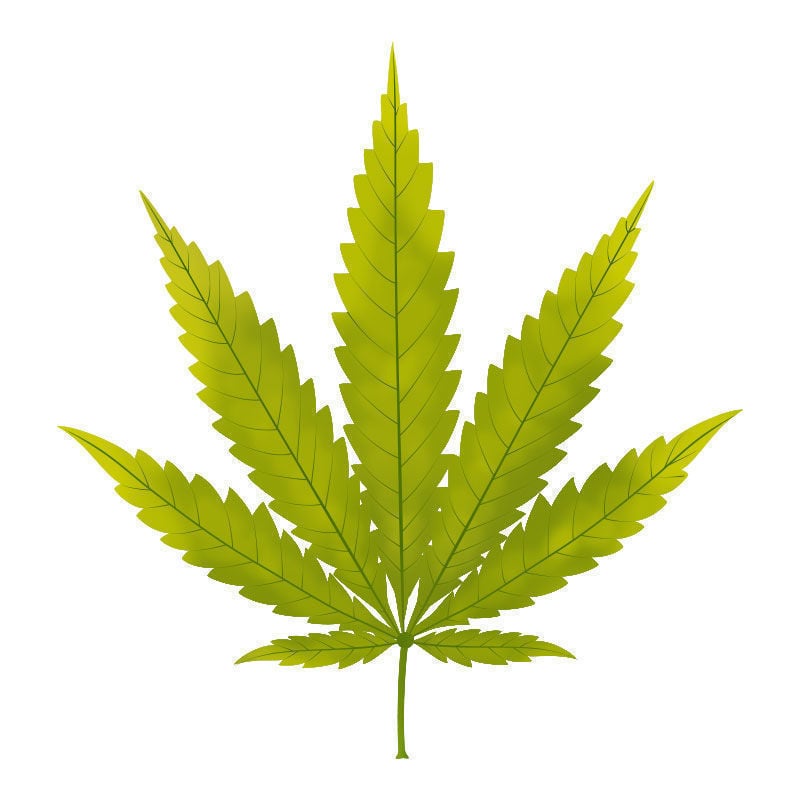
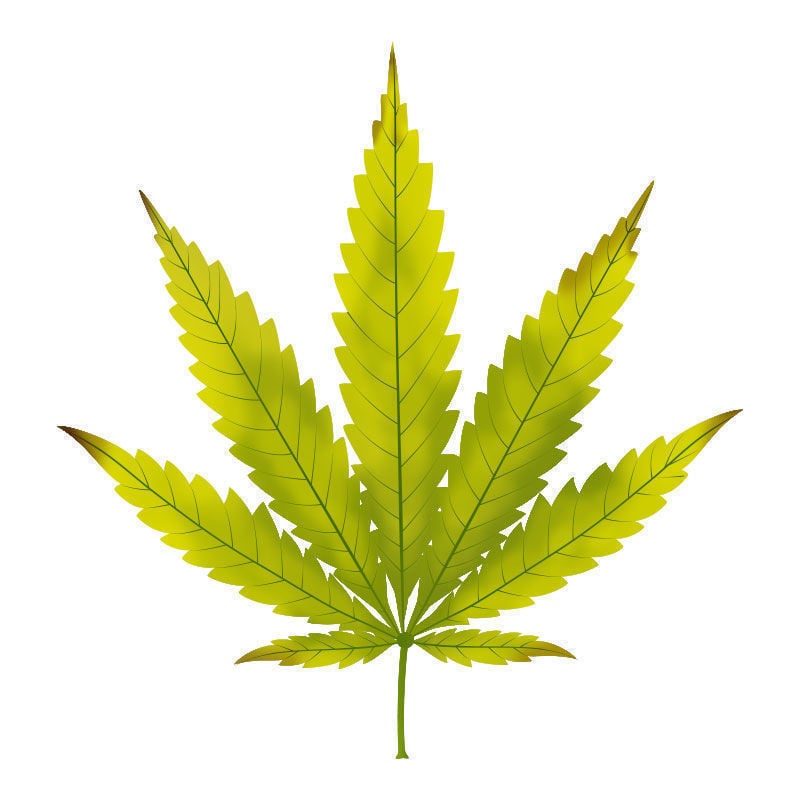
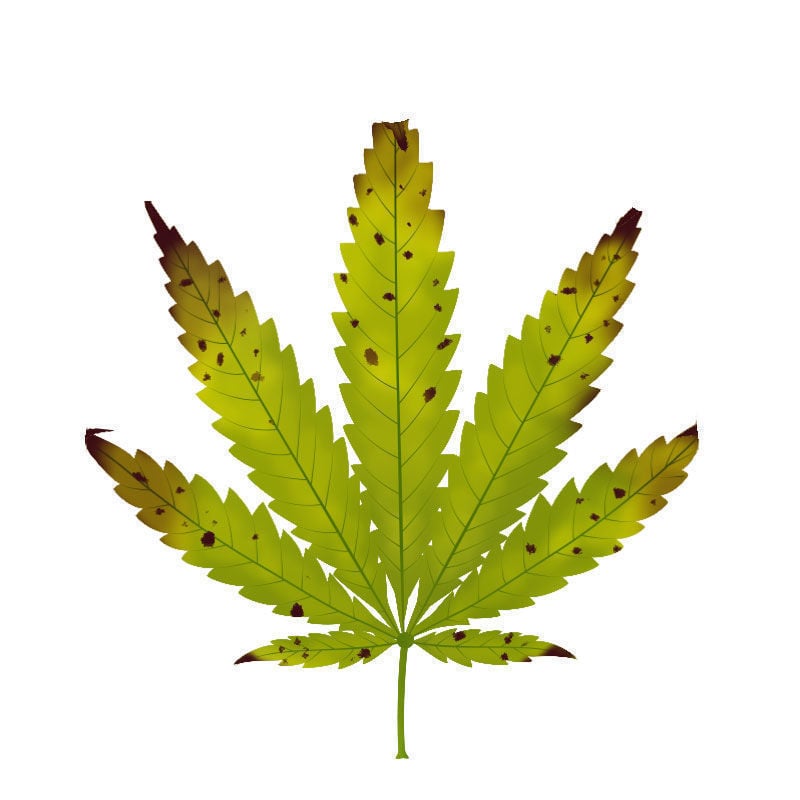
-
Lowest, oldest leaves will show signs of discolouration and drying out first.
-
Symptoms will then move up the plant to newer growth.
-
Growth will slow, and leaves will display chlorosis.
What a magnesium deficiency looks like in a cannabis plant
The following pictures show what a magnesium deficiency can look like in a cannabis plant.
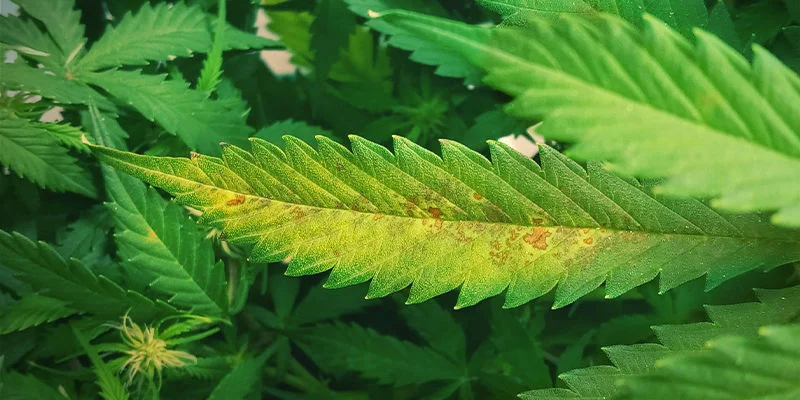
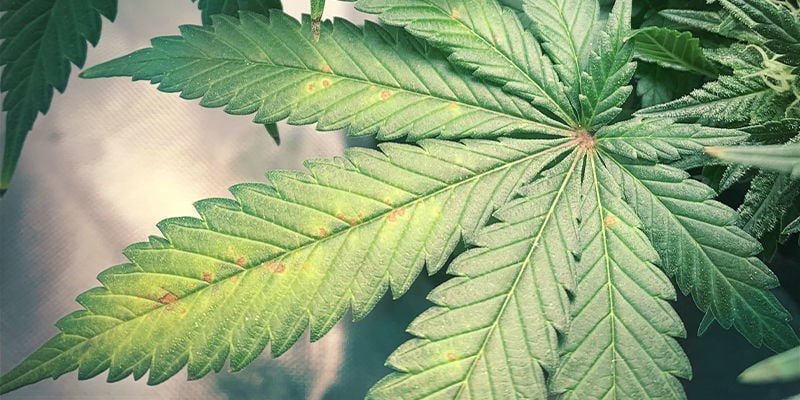
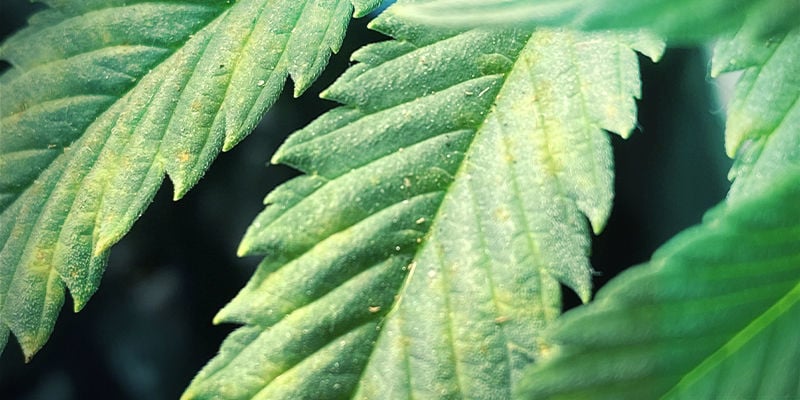
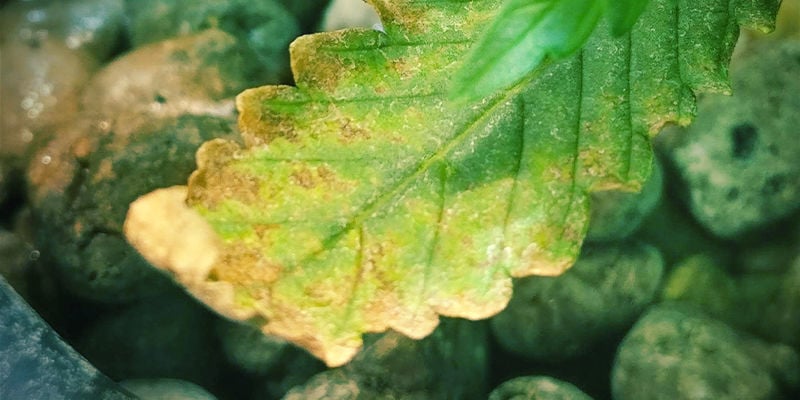
How to treat a magnesium deficiency
Identifying the exact cause of a magnesium deficiency can actually be pretty difficult. Is it caused by a pH imbalance, overwatering, or just not enough magnesium?
Fortunately, there’s no need to figure it out. Though it might be obvious to you, in which case you can deal with it as seems fit, there is a one-size-fits-all solution to a magnesium deficiency. It goes as follows:
-
Flush! Flushing cannabis involves passing enough pure water through the growing medium that the pH level is reset to (around) 7.0 and all nutrients are washed out of the soil. Doing this takes the medium back to a starting point. So if the pH is off, that’s solved; and if there’s nutrient lockout from too much feed, that’s also solved.
-
Use a magnesium foliar spray to get some magnesium back into the plant immediately.
-
Now you need to get the pH back to the right place (6.0–7.0). Measure the runoff until it reads correctly.
-
Add food as instructed. Once the soil is back to where it should be, use a comprehensive and high-quality cannabis feed to administer all the necessary nutrients back into the soil. Don’t be tempted to overdo it, as this does more harm than good! If your feed doesn’t include magnesium, you can use dolomite lime to add it separately.
Is a magnesium deficiency really that bad?
Yes, potentially. But no, hopefully not. If untreated, a magnesium deficiency can totally wreck a cannabis grow. If treated properly and quickly, however, it can pass without causing any real damage.
Time is of the essence! Once you notice the signs, it’s worth flushing and restoring the soil pretty quickly. The reality is that even if what you’ve spotted isn’t a magnesium deficiency, the above solution will work for many other problems too.
Magnesium: Crucial to plant growth
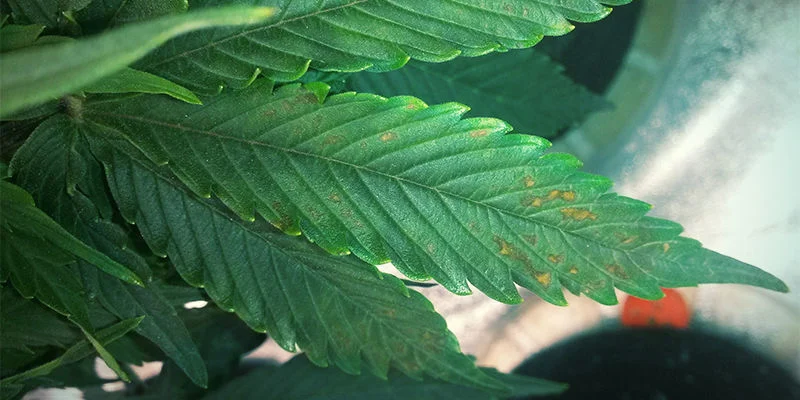
Aside from potassium, phosphorus, and nitrogen, magnesium is one of the most essential nutrients for cannabis. So getting this one wrong is not something you want to do if you’re after a decent harvest.
As mentioned, most feeds contain sufficient amounts of magnesium, so giving it to your plant shouldn’t prove difficult. More likely, something else has gone wrong that is stopping your specimen from absorbing the magnesium that is there. Spot it, treat it, and everything will be fine.













 United States
United States










